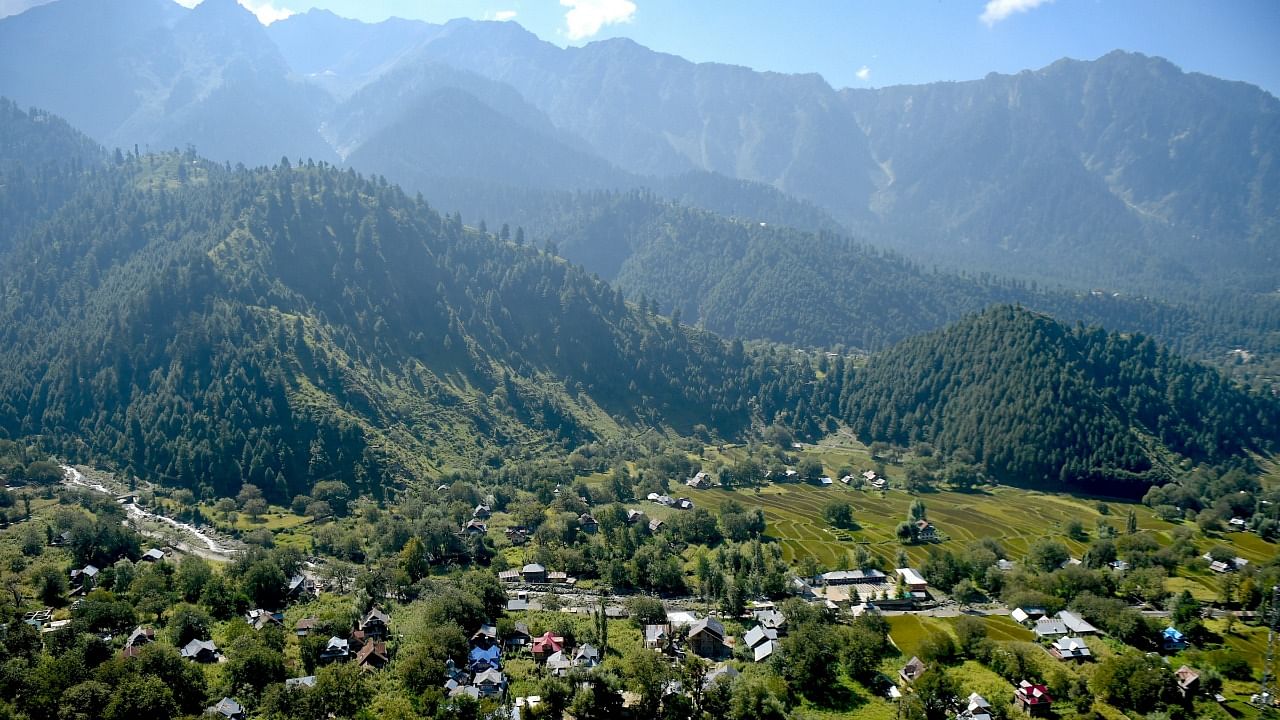
In a worrying trend, over 30,000 hectares of agricultural land has been converted for non-agricultural activities in Kashmir since 2013.
With housing colonies, shopping complexes and other buildings cropping up on agricultural land, experts believe that in near future, there will be hardly any land left for agriculture purposes in the Valley.
According to official figures in 2012-2013, 1,62,309 hectares of land was under paddy cultivation in Kashmir with production at 621.64 metric tons. A year later, the land under paddy cultivation came down to 1,58,356 hectares, though production increased to 693.64 metric tons due to the introduction of hybrid varieties.
The land under paddy cultivation came down further to 1,55,432 hectares in 2014-15 and a year later, it fell to 1,41,340 hectares. However, the production kept on increasing with 857.84 metric tons of paddy produced in 2015-2016, thanks to better yielding varieties.
As per official figures, the land under paddy cultivation remained the same for the next three years though, the production increasing to 900.99 metric tons in 2017-18 before coming down slightly to 968.83 metric tons in the next year and then increasing to 975.38 metric ton in 2019-20. In 2020-21 and 2021-2022 the land under paddy cultivation came down to 1,34,067 hectares with production 956.17 metric tons and 966.63 metric tons respectively.
As per official data, the share of agriculture in J&K’s GDP fell approximately one-third from 28 per cent to 16 per cent from 2004-05 to 2011-12. Experts cautioned that conversion of agricultural land was taking place in both rural and urban Kashmir, raising alarm bells.
The 2014 devastating floods in the Valley were widely attributed by experts to the haphazard development of housing and infrastructure projects mostly in the floodplains of Srinagar and other towns in south Kashmir.
According to a study carried out by researchers at University of Kashmir’s Geography department, Srinagar city has grown 12 times in terms of population and 23 times in terms of area between 1901 and 2011. It has also affected the region’s lakes and wetlands, reducing them in size or completely killing them.